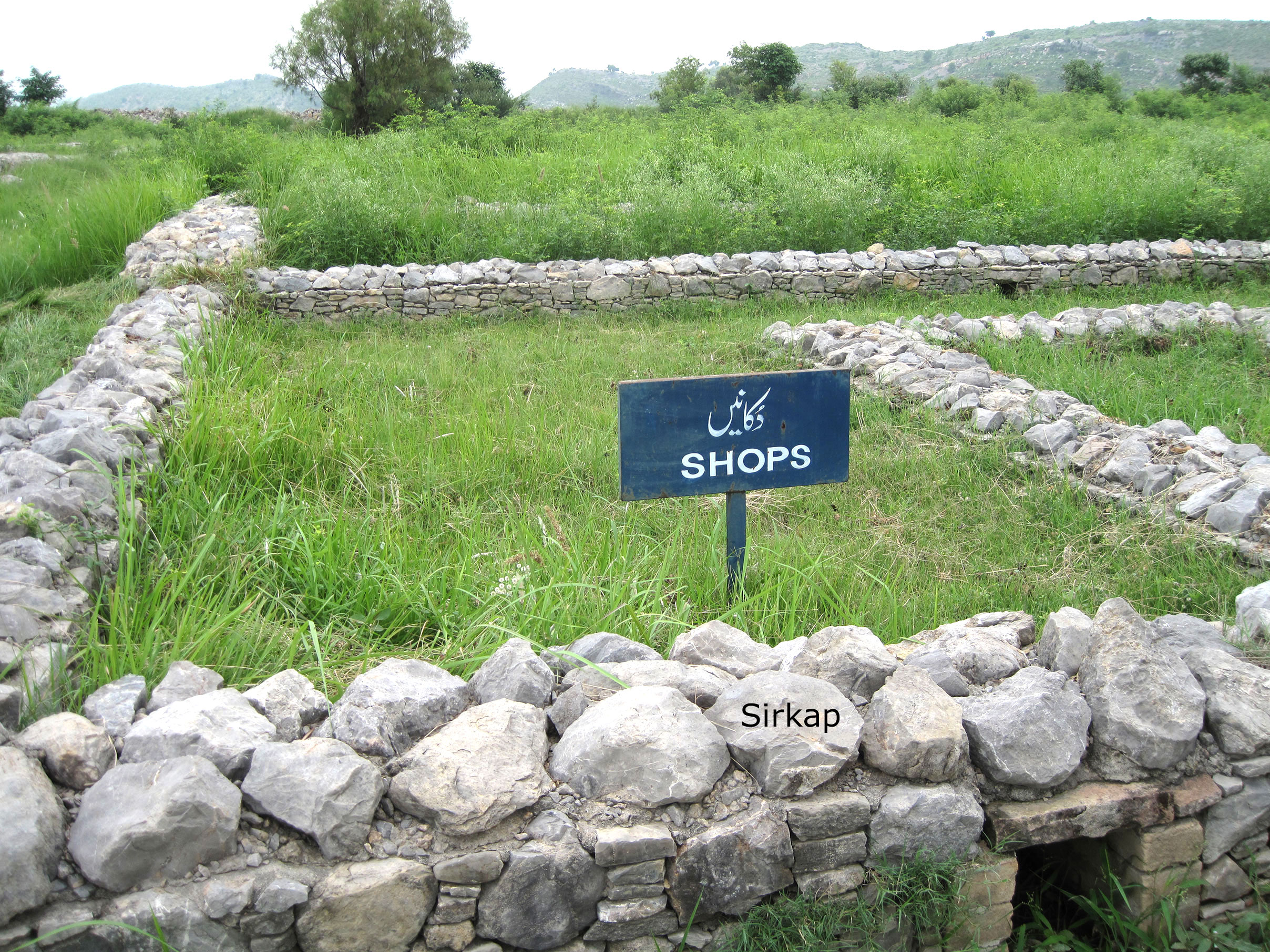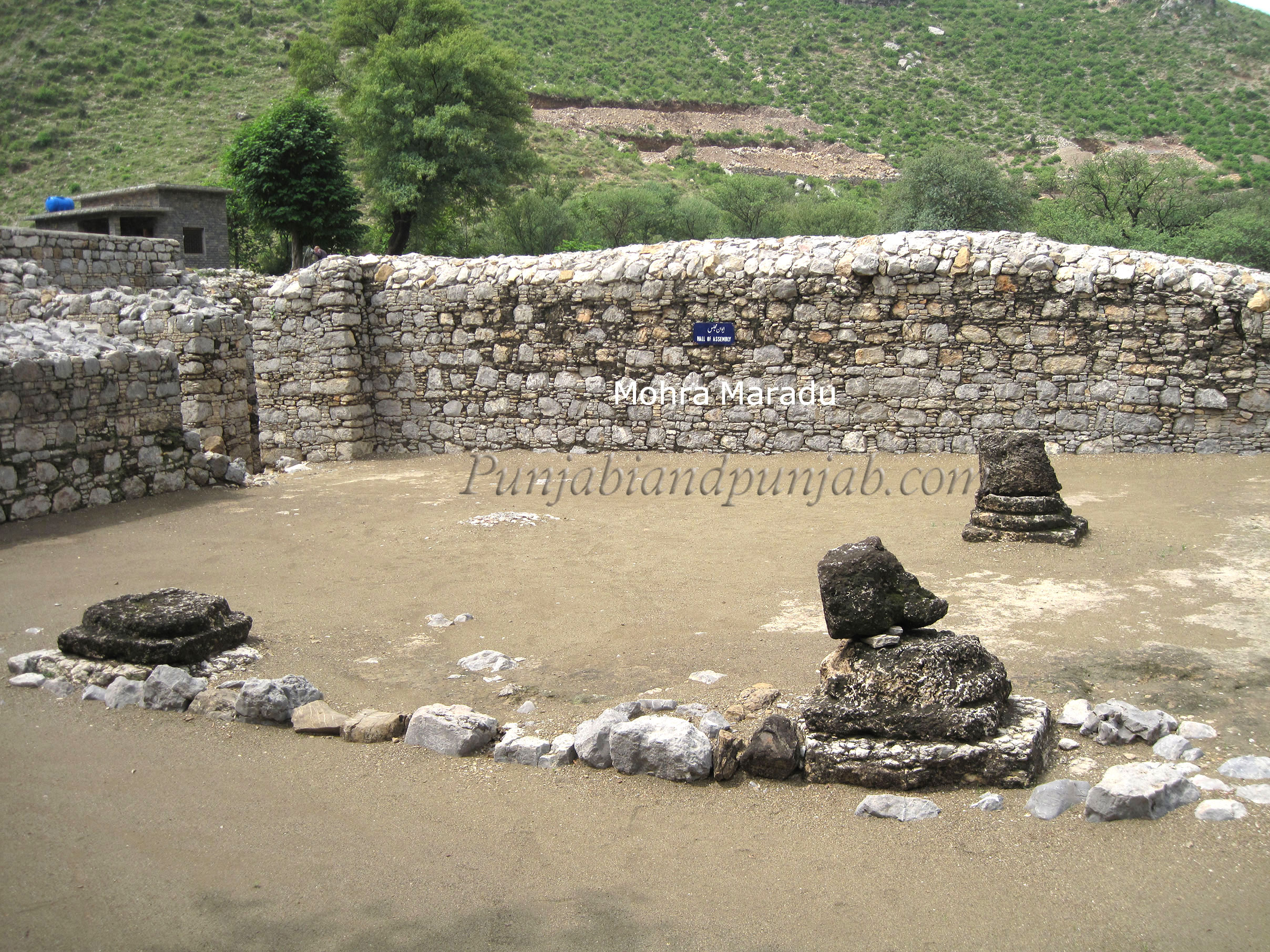- Published by
- Haroirum Afridi
- December 08, 2021
Taxila archaeological site is located in the province of Punjab, Pakistan, about 30 km north of the Capital Territory of Islamabad. It lies off the famous and historical Grand Trunk Road.
Taxila was an important city of South Asia. It is a city of the Gandharan civilization, sometimes known as one of its capitals, whose history can be traced from early microlithic communities at the Khanpur caves up to almost 1000 CE. Taxila was a hub of Buddhism. The Taxila was known in Pali as Takkasilaa, and in Sanskrit as Takshashila. The Greeks pared the city's name down to Taxila which became the name that the Europeans were familiar with since the time of Alexander the Great.
Faxian, who had visited the city, had given its name's meaning as 'cut-off head'. With the help of a Jataka, he had interpreted it to be the place where Buddha in his previous birth as Pusa or Chandaprabha cut off his head to feed a hungry lion. This tradition still persists with the area in front of Sirkap (also meaning 'cut-off head') was known in the 19th century as Babur Khana ('House of Tiger'), which alludes to the place where Buddha offered his head. In addition, a hill range to south of Taxila Valley is called Margala ('cut off throat').
By some accounts, Taxila was considered to be one of the earliest universities in the world. Others do not consider it a university in the modern sense, in that the teachers living there may not have had official membership of particular colleges, and there did not seem to have existed purpose-built lecture halls and residential quarters in Taxila, in contrast to the later Nalanda university in eastern India.
Taxila was declared a UNESCO World Heritage Site.







